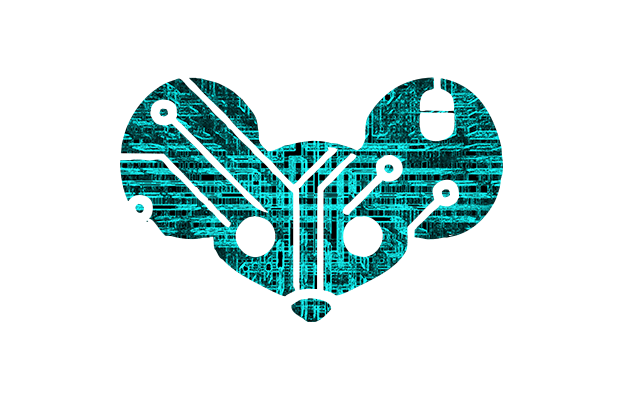Back in 2013, Nvidia introduced a new technology called G-Sync to eliminate screen tearing and stuttering effects and reduce input lag when playing PC games. The company accomplished this by tying your display’s refresh rate to the actual frame rate of the game you were playing, and similar variable refresh-rate (VRR) technology has become a mainstay even in budget monitors and TVs today.
The issue for Nvidia is that G-Sync isn’t what has been driving most of that adoption. G-Sync has always required extra dedicated hardware inside of displays, increasing the costs for both users and monitor manufacturers. The VRR technology in most low-end to mid-range screens these days is usually some version of the royalty-free AMD FreeSync or the similar VESA Adaptive-Sync standard, both of which provide G-Sync’s most important features without requiring extra hardware. Nvidia more or less acknowledged that the free-to-use, cheap-to-implement VRR technologies had won in 2019 when it announced its “G-Sync Compatible” certification tier for FreeSync monitors. The list of G-Sync Compatible screens now vastly outnumbers the list of G-Sync and G-Sync Ultimate screens.



I’ll buy an AMD GPU once they have an answer to the 4090 (actually the 5090 at this point). I need AI upscaling, SDR-to-HDR conversion for videos, and way better ray tracing performance. Until that happens, my PC will unfortunately remain a mixed-breed bastard.
Not a hardware thing.
Not a hardware thing.
Ray accelerators are a hardware thing. The AI to denoise them, again, not so much.
Just because AMD cards don’t come with tensor cores doesn’t mean they can’t run AI workloads, tensor cores are essentially cut-down GPU cores. They make sense in mobile devices to save on energy consumption but on desktop? Just use the TFLOPs you have for the basic matrix math you’re doing, the important bit, and that’s the gather/scatter memory architecture to deal with giant matrices, GPUs also have.
If there are software alternatives that allow me to automatically AI upscale and convert to HDR any video I play in any program, streaming or local (and it just works automatically in everything with no effort on my part), then please share download links with me. Until then I’ll stick with Nvidia GPUs.
“Any video in any program” is not how it works for you right now, either. And if you need something, then definitely not in every program but in your video editor because you’re a professional.
As to software: I’m on Linux. You won’t get that nvidia software there, either, in Linux land everyone gets those features because they have nothing to do with what GPU you have. Well at least mpv does it all, natively or via standard plugins (also AI frame interpolation), TBH I don’t really care how firefox plays videos as long as VRR works, which it does.
Ok 0.01%
Do you honestly believe that only 0.01% of PC users have an HDR monitor? Give me a break.